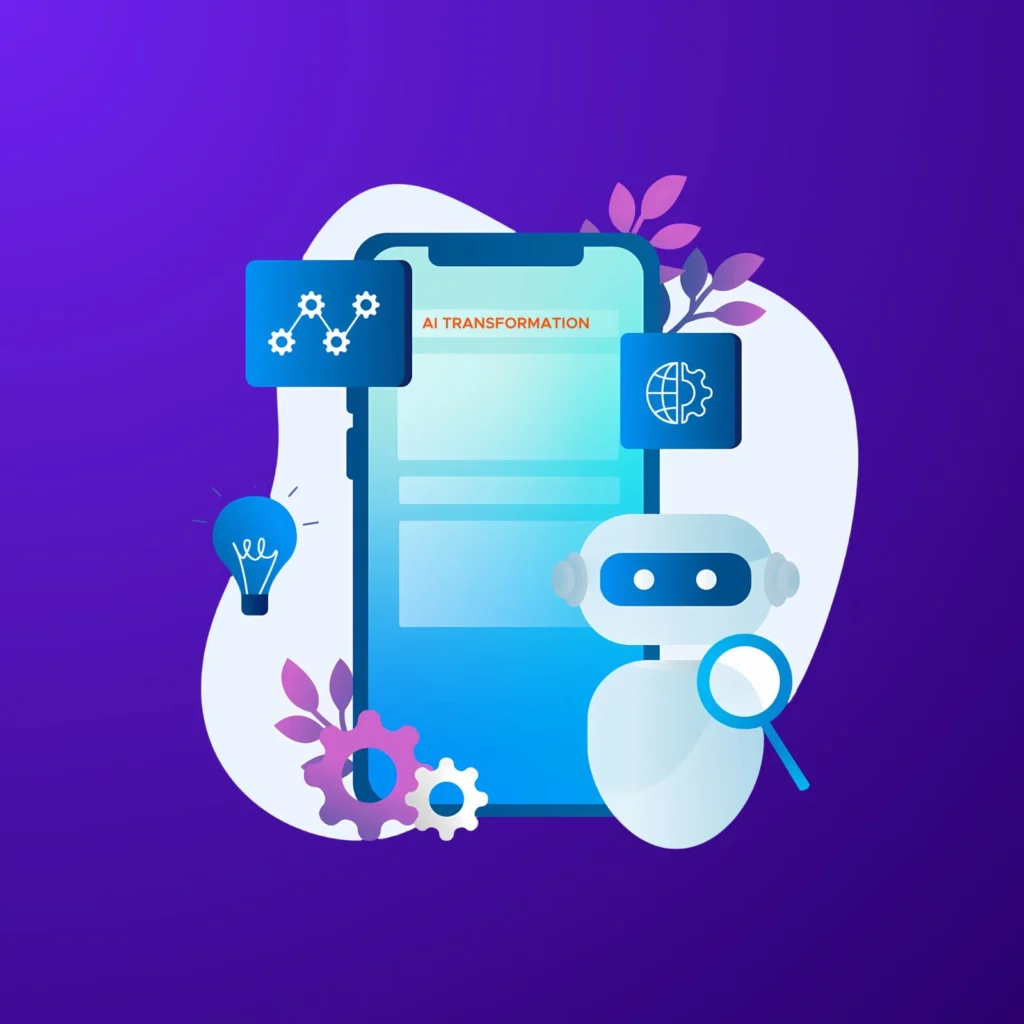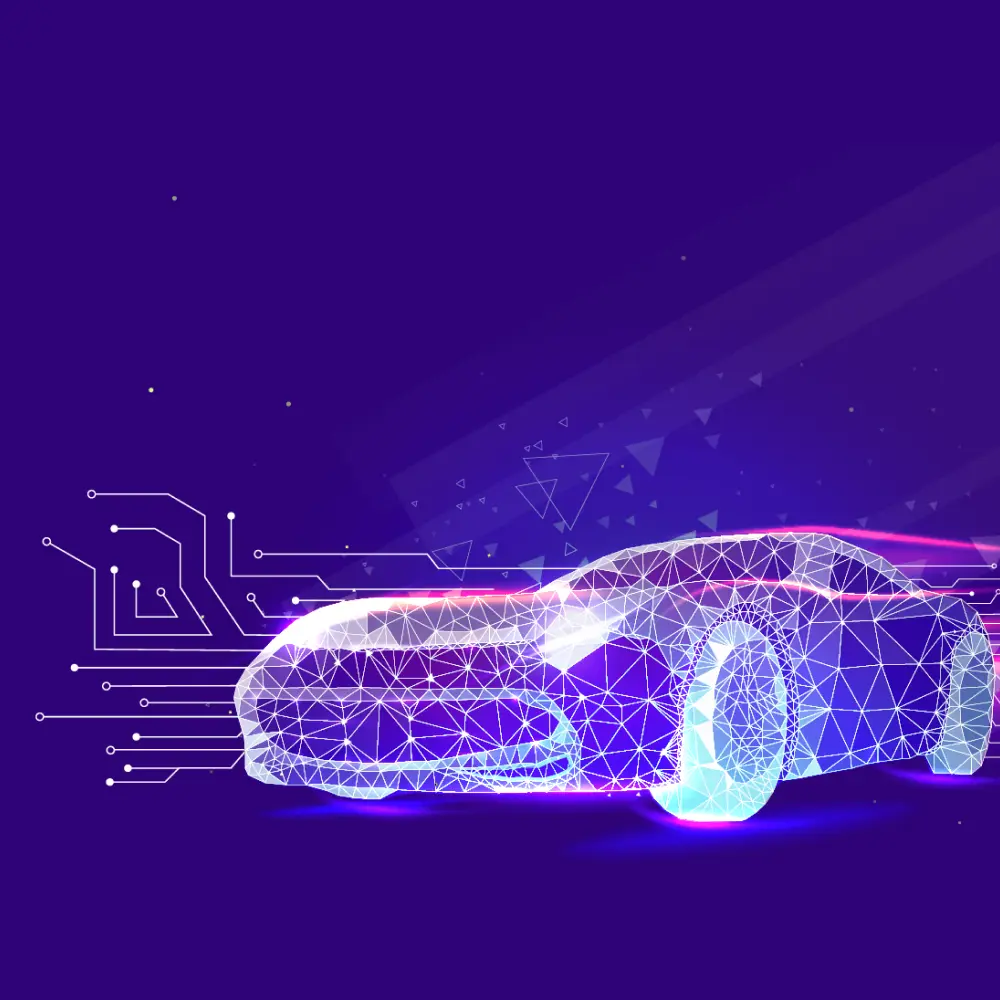The progress made in language processing technology since GPT-1’s debut in 2018 has been remarkable. With only 117 million parameters, GPT-1 pales compared to its successors: GPT-2, released the next year with 1.5 billion parameters, and GPT-3, released with its staggering 175 billion parameters in 2020. Now, the recently released GPT-4 is rumored to have 100 trillion parameters, further solidifying the impressive development in language processing and ushering in a new era of future technology.

Language processing is shaping the future of Web 3.0, and GPT-4 provides us an opportunity to witness the latest advancements firsthand. In this article, we explore how GPT-4 is changing user experience, businesses, and society as a whole.
What Makes GPT-4 Different from Its Predecessors?
GPT-4’s machine learning-based Natural Language Processing (NLP) capabilities allow it to understand the context of user input and provide more relevant responses, which can lead to an improved user experience and greater customer satisfaction. What’s more, it is outperforming GPT-3.5 in advanced inference capabilities, with an 82% lower likelihood of generating restricted content and a 40% higher likelihood of providing factual responses than GPT-3.5. One of the most exciting things about GPT-4 is its ability to personalize content output more effectively. But what really sets GPT-4 apart is its multimodal capabilities. It can learn and understand various modalities at the same time, such as text and images. It’s almost like having a brain that thinks like a human!
In fact, in the MMLU Benchmark, a test that verifies the language ability of super-giant Artificial Intelligence (AI), GPT-4 has received scores in the top 10%, with an impressive 86.4 points, close to the average of 89.8 for human experts. This makes GPT-4 incredibly intelligent and able to produce new results through a wide range of data types, which is an example of how language processing technology is evolving towards more advanced and intelligent machines.
“The next breakthrough will likely come from multimodal AI models, which are armed with multiple senses, such as the ability to use computer vision and audio to interpret things”– Douglas Eck, Principal Scientist at Google Research
What Does This Mean for Web 3.0?
Web 3.0 offers a more secure and transparent internet landscape, empowering users to manage their own data with decentralized applications that eliminate intermediaries. The use of decentralized blockchain technology, which provides a tamper-proof ledger for all online transactions, ensures data privacy and security. The integration of GPT-4 with this can open up new possibilities for how we engage with the internet, leading to significant shifts in the online world. In particular, the combination of these two technologies could result in services that are personalized, productivity that’s enhanced, and virtual experiences that feel more authentic. Sounds intriguing? Here are just a few examples of how these two technologies could work together.
Personalized Chatbots
Imagine having a chatbot that knows you better than you know yourself. Businesses can create such personalized chatbots with GPT-4’s advanced natural language processing skills. These chatbots can significantly improve customer satisfaction and retention by providing tailored product recommendations based on past purchases and search records. And what’s even better? They can also respond to your inquiries in a more human-like manner, making your interactions with them more engaging and natural. In fact, Khan Academy has launched its GPT-4 powered assistant, Khanmigo, showing how this technology is already being put into action.
Super-giant AI in the Metaverse
The growth of the metaverse will bring with it thriving virtual economies where businesses will be expected to offer more immersive and personalized experiences. GPT-4, combined with Virtual Reality (VR) and Augmented Reality (AR), will allow users to get a more realistic virtual experience that may even outshine what we witnessed in some of the futuristic science fiction movies of the 2000s. For example, GPT-4-powered virtual assistants could help users navigate the metaverse and provide recommendations for virtual experiences, products, and services that match their interests and preferences.

Improved Data Processing
With Web 3.0’s decentralized data architecture and GPT-4’s advanced language processing capabilities, businesses and individuals will be able to access and process vast amounts of data quickly and accurately, including data generated by Internet of Things (IoT) devices. This can help in all departments and levels of a business. For instance, by analyzing customer sentiment across multiple channels, such as social media, emails, and chatbots, businesses can identify potential leads and personalize their approach to convert more sales. This means improved sales augmentation for businesses and, consequently, better-informed decisions about sales strategies and customer outreach.
The Future of Language Processing Technology: Addressing Challenges and Paving a Path Forward
With an increasingly digital world ahead of us, it’s not far-fetched to assume that language processing technologies like GPT-4 will shape the future of the internet, just like how smartphones transformed mobile devices. However, there’s a growing concern – that it will only be accessible to a privileged few, amplifying existing inequalities.
What’s the solution? Democratizing AI.
This can be done by introducing AI tools and platforms that are accessible and user-friendly, enabling individuals and small organizations to participate in the AI revolution as well, irrespective of the resources or the technological know-how they possess.

Currently, the development and deployment of GPT technology are primarily controlled by large tech companies and research institutions. This centralized control can further limit access to GPT technology for smaller stakeholders, reinforcing existing power imbalances. By democratizing Web 3.0 and GPT, we can level the playing field and ensure everyone has equal access to these technologies and their benefits.
Unlock the Potential of GPT-4 and Web 3.0 to Enhance Your Business
The dawn of GPT-4 brings forth an electrifying breakthrough in language processing technology. Its NLP capabilities are unlike any other, and it can effortlessly comprehend various modalities. The potential for this technology to revolutionize the internet is staggering, especially when combined with Web 3.0. With GPT-4’s ability to provide personalized experiences and grant more control over data, the possibilities are endless. But it’s crucial to democratize access to this incredible technology to ensure everyone can benefit from it. That’s where we come in. Our team is dedicated to making this cutting-edge technology accessible and affordable for businesses of all sizes so that you can stay ahead of the curve and thrive in the rapidly evolving digital landscape.



